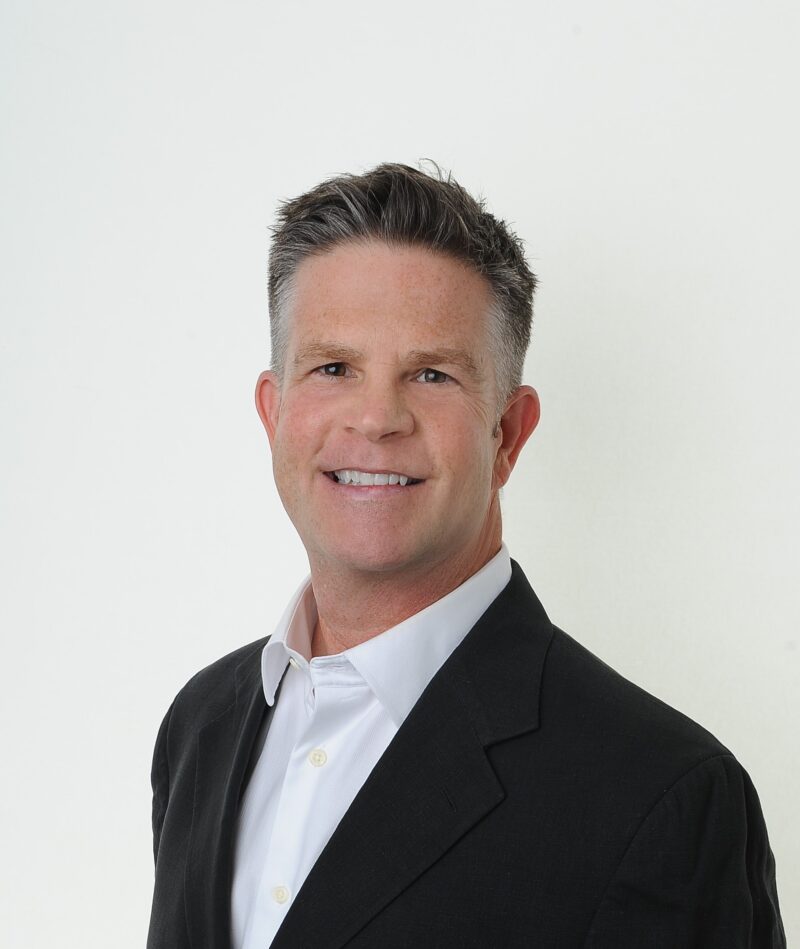How can an emerging business make a successful transition from selling to SMB customers that fueled their early growth to the enterprise customers that enable long-term profitability? What works with SMB customers often won’t get you a seat at the enterprise table. To make deep inroads into enterprise accounts, you have to adopt an enterprise-grade mindset in everything you do.
Want to Win Enterprise Customers? Adopt an Enterprise-Grade Culture
How can an emerging business make a successful shift from SMB markets to enterprise? That’s a question that didn’t come up very often back when I was managing worldwide channels, first for BEA, and then for Oracle after BEA was acquired. When you’re already embedded in the enterprise space, you don’t think much about the steps it took to get there.
But it’s a question smaller companies have to ask — and solve — if they want to gain entry into enterprise accounts, and retain them. The stakes are high. In the software arena alone, worldwide enterprise sales were tracking to have hit $338B (US) in 2015, according to Gartner. The question of how to win a share of that business became relevant to me personally three years ago when I became CEO and President of Aria Systems.
Aria made its mark by pioneering a cloud-based billing platform that enables businesses of any size to maximize recurring revenue and grow customer lifetime value. We initially focused the business around targeting the SMB segment of the market; due largely to the early adoption for SaaS applications we centered on these buyers. Large enterprise companies were reticent to purchase cloud-based solutions, particularly mission critical applications from young “start-ups.”
A few months after I became CEO we decided to make a very deliberate shift and focus Aria entirely on the enterprise market. My team and I concluded this was the right market to build all aspects of our company around; hiring DNA, product roadmap, infrastructure, security/compliance, marketing, support – the entire factory floor. A few conclusions that drove this decision: the quality of the revenue is much higher in this segment; the unit economics are much more compelling; and our assertion that the enterprise adoption would dramatically accelerate. More importantly from the get go, our product is architected with this enterprise use case in mind, so it was a natural to apply it to the need from which it was born.
The challenge was that we were a small company selling a mission critical technology to global enterprises, and there was no proven playbook on how to execute on this shift. So, we developed our own. In the past three years, we’ve completely transformed our business, and have successfully crossed the chasm. Today, global enterprise customers comprise 90% of our business, up from just 10% before we made the transition.
How did we pull it off? Shortly after we embarked, we realized that in order to earn our place at the table (and keep it) with larger companies, we had to become more like them in the way we operated as a company. We had to ingrain an enterprise-grade mindset into what we sold, how we sold it, and how we supported our customers for long-term success.
We invested a great deal of time and effort in fusing our cloud platform with the stringent levels of security, reliability and scalability enterprises require, aspects that we take pains to improve on an ongoing basis. But having an enterprise-grade product gets you only so far. In fact, it’s just the starting point.
We discovered that this “won-and-done” approach doesn’t cut it with enterprise customers. Their challenges tend to be far more complex and ever changing to keep up with the dynamics of their own businesses. As a result, enterprise IT seeks solutions that can handle complexity and last for years, not just single product cycles, or target markets. Successful enterprise solutions are architected to ensure the flexibility needed to adapt to the continuous evolution of products and market trends.
For us, it meant taking a longer-term approach to how we built our business relationships. As it takes certain skill sets to manage customer relationships, we began filling our ranks with talented individuals predisposed to taking the long view. We have staffed across the board with people willing to do whatever it takes to become trusted advisors for our enterprise clients. When a customer contract is signed it is often the drop-off point for the relationship, but this is exactly when it really needs to begin in earnest.
We do that by fostering a spirit of collaboration with our enterprise customers. We don’t add to their infrastructure burden; we lessen it. Rather than co-opt existing ways of doing things, we peacefully co-exist with global software suppliers and implementation partners. We introduce pilot projects when it makes sense. We complement legacy systems wherever possible when the customer so chooses. To some enterprise customers change is not welcome, to others it’s encouraged. You need to have a playbook for both types of enterprise cultures; both continuity and innovative disruption.
The notion of adopting an enterprise-grade culture to steadily increase our global business now seems obvious to us. But it wasn’t when we started out. Our journey was long and hard. The lessons learned along the way surprised us more than we expected. But it’s a transformation I’m proud to have been a part of. And it’s one I highly recommend for any company that wants to excel with enterprise customers over the long haul.
By Tom Dibble





